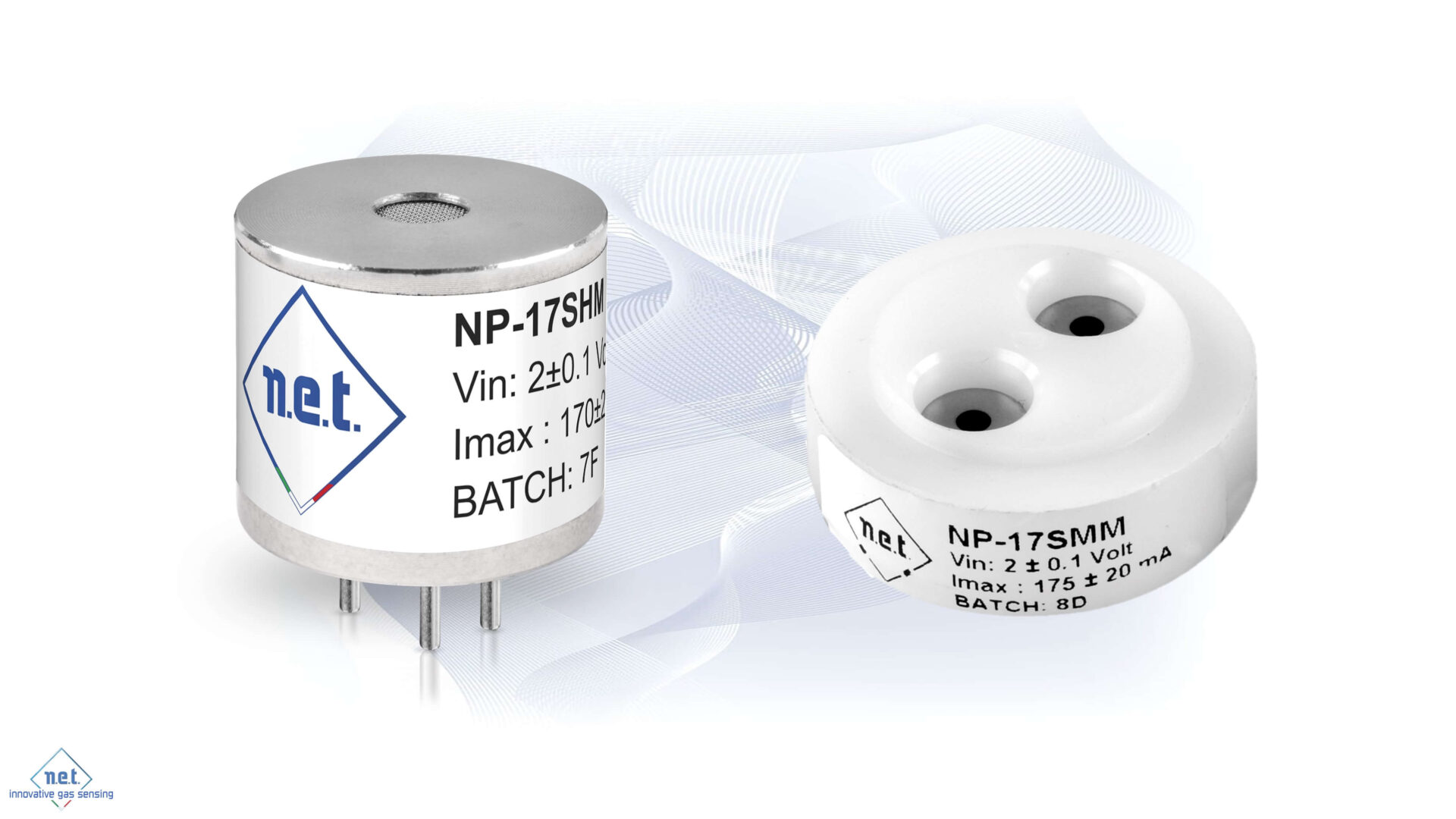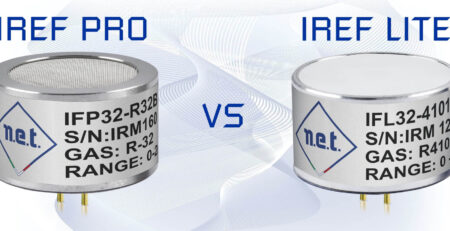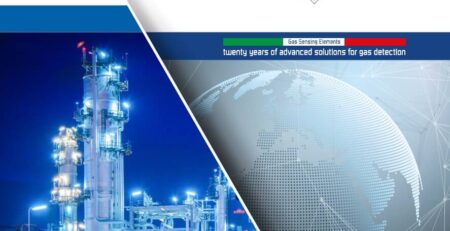CROSS FACTOR CALIBRATION FOR NET CATALYTIC BEAD SENSORS
CATALYTIC BEAD SENSOR RELATIVE RESPONSES TO VARIOUS GASES
Our Pellistor, or catalytic bead sensor, is employed to monitor the presence of a combustible gas or vapor in air (or atmospheres containing oxygen) up to the Lower Explosive Limit (LEL).
A Pellistor operates on the principle that when a combustible gas/air mixture is in contact with the catalyst surface, maintained at about 500°C as current is passed through it in a Platinum coil, combustion occurs. The heat generated increases the temperature of the bead, which in turn changes the resistance of the coil. The resistive signal change produced is proportional to the gas concentration and can be measured by using the coil as a temperature thermometer in a standard Wheatstone bridge circuit.
This implies that any combustible gas will generate a relative response from the Pellistor – typically, with a small molecule gas like Hydrogen a Pellistor is more sensitive and gives a higher reading than a heavier hydrocarbon like, say, Propane.
In all our Pellistor data sheets, we publish a table detailing the relative responses to various flammable gases. The tables assume the sensor is measuring on the 0-100% LEL scale and assumes that the response to methane = 100%. See the Download Center sections at the bottom of our product pages to access the data sheets:
- https://www.nenvitech.com/products/catalytic-bead-sensors/shm-shp/#download
- https://www.nenvitech.com/products/catalytic-bead-sensors/smm/#download
The table for NP-17SHM is reproduced here below as an example. Note that the LEL data can be different in different countries. In Europe, the LELs used are defined in the IEC standard IEC80079-20-1, whilst in the USA and various other areas, LELs are generally taken from the US Bureau of Mines Bulletin Document 627. Technically, both are correct: the reason for the differences being that the measurements made for IEC80079-20-1 are with the gas in motion, whilst the US Bureau of Mines Bulletin Document 627 assumes the gas is not moving.

If a gas is not listed, please contact us and we can advise on the anticipated sensitivity of the sensor.
CROSS FACTOR CALIBRATION
This table comes handy when calibrating a combustible gas detector using our Pellistor to be used for gases different than methane.
As an example, you can calibrate your detector to hydrogen using methane and the cross factor listed in the table. Say you are using 20%LEL methane as your calibration gas, you have to calibrate the detector to 25%LEL (20*1.25) and the device readout should be adjusted to 25%LEL accordingly.
If you are calibrating to propane, on the other hand, you will calibrate to 12,8%LEL (20*0,64).
(The calculations above are made with European LEL cross factors).
In other words: Gas level used x Cross factor = Target gas level
One very important aspect to note is that the relative sensitivities to various gases is also dependent on the mounting arrangement within an instrument. Therefore, the Cross factor data given by NET should always be considered as a guide only and it is always recommended that the instrument maker determines the response of the sensor to the target gas by experiment using the final product design wherever possible.









